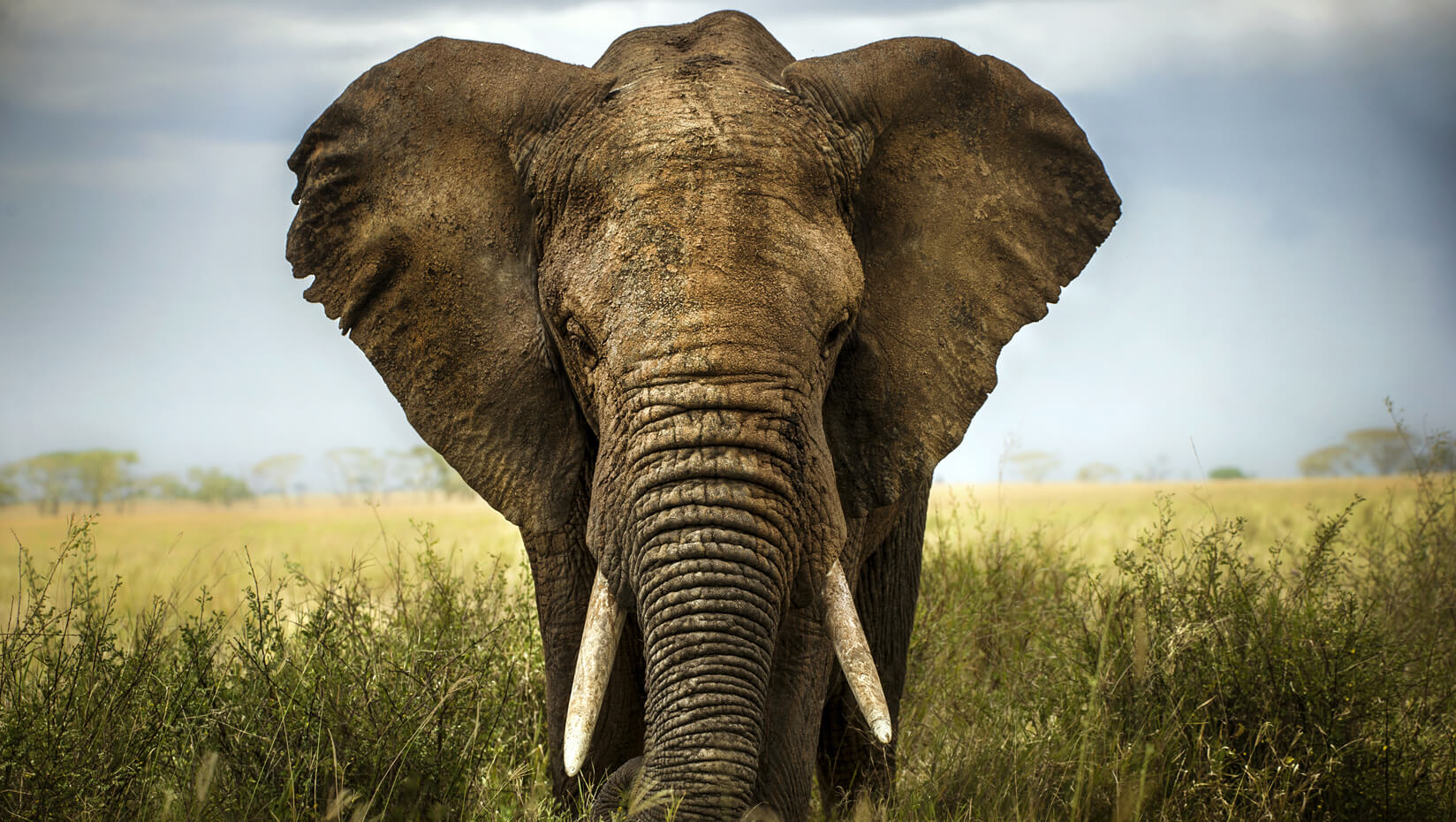
To protect ecosystems, Gill says start with largest inhabitants
The extinction of mammoths, ground sloths and other large plant-eaters thousands of years ago triggered shifts in global habitats and changes in ecosystems, says University of Maine paleoecologist Jacquelyn Gill.
The assistant professor in the School of Biology and Ecology and the Climate Change Institute says fossils and other records from the deep past provide evidence of widespread short- and long-term changes in community composition, structure and function after large herbivores went extinct.
Essentially, she says, extinctions are records of completed grand natural removal experiments. And the records indicate long-term changes after megafauna extinctions included reduced seed dispersal, which continues to influence plant species, as well as an increase in fires.
“At the end of the last Ice Age, we lost half of the large mammals in North America larger than a German Shepherd, and the forests and grasslands they inhabited noticed the difference,” Gill says.
“Large herbivores, from mammoths to elephants, play special keystone roles in ecosystems; when we lose them, we lose all the services they provide, from spreading nutrients to creating patches where many different plants can thrive.”
It’s important to understand large herbivores’ contributions to ecosystems, Gill says.
Today’s large plant-eaters, including elephants and rhinos, influence the abundance of woody species, as well as impact plant diversity, nutrient cycling and other animals. They also are among the most threatened species on the planet due to reduced habitat, climate change and hunting.
“There’s evidence from modern studies that healthy populations of native large herbivores increase plant biodiversity, and may even help ecosystems be more resilient to climate change,” Gill says.
“If you want to protect an entire ecosystem, start with protecting its largest inhabitants.”
Gill is part of an international team that authored “Combining paleo-data and modern exclosure experiments to assess the impact of megafauna extinctions on woody vegetation.” It is featured in the Oct. 26 edition of the Proceedings of the National Academy of Sciences of the United States of America.
Elisabeth S. Bakker of the Netherlands Institute of Ecology is lead author of the study.
Other participating researchers are: Christopher N. Johnson of the University of Tasmania in Australia; Frans W. M. Vera, of the University of Groningen in The Netherlands; Christopher J. Sandom of Oxford University in the United Kingdom; Gregory P. Asner of Carnegie Institution for Science in California and Jens-Christian Svenning of Aarhus University in Denmark.
Contact: Beth Staples, 207.581.3777
